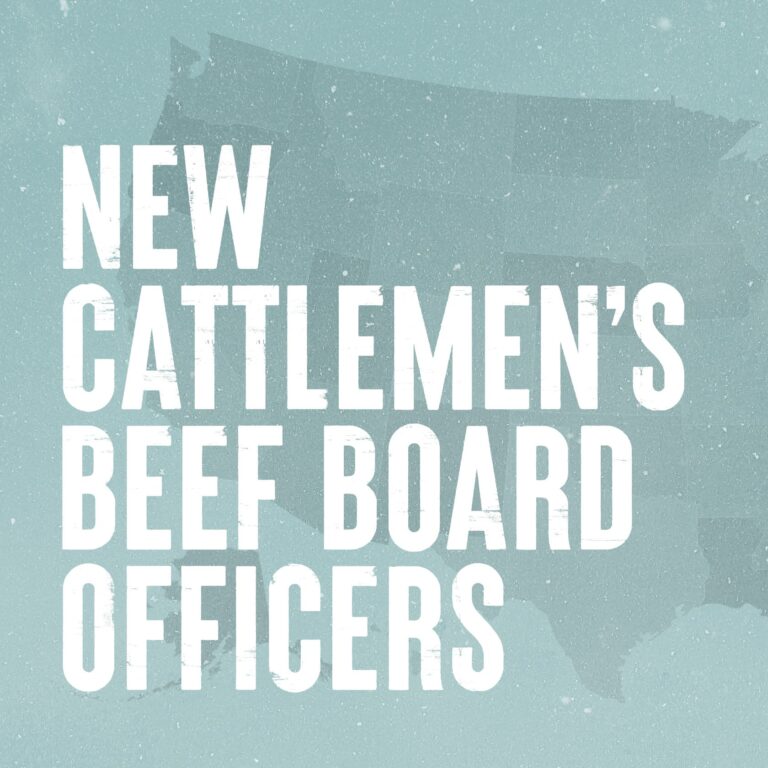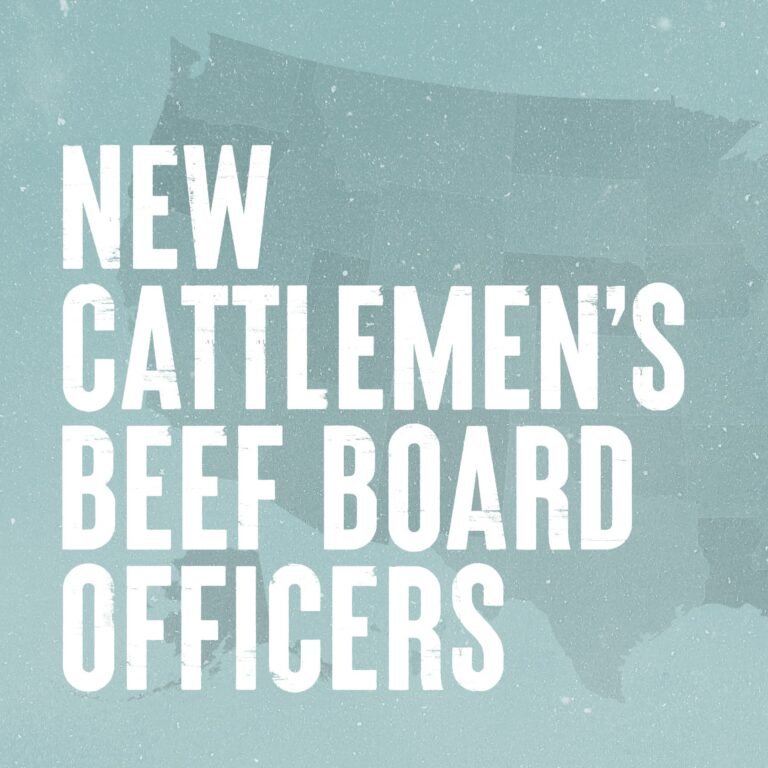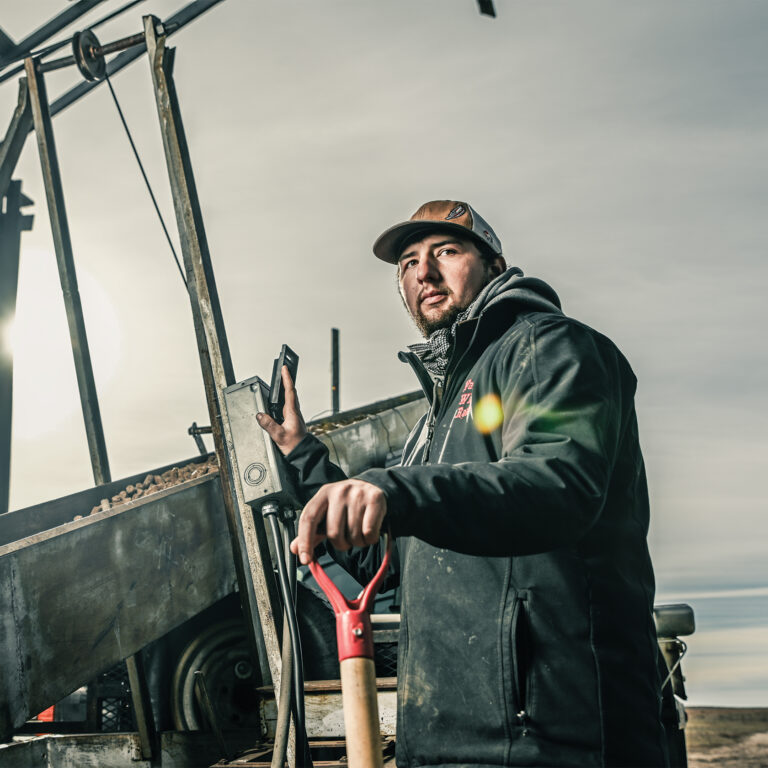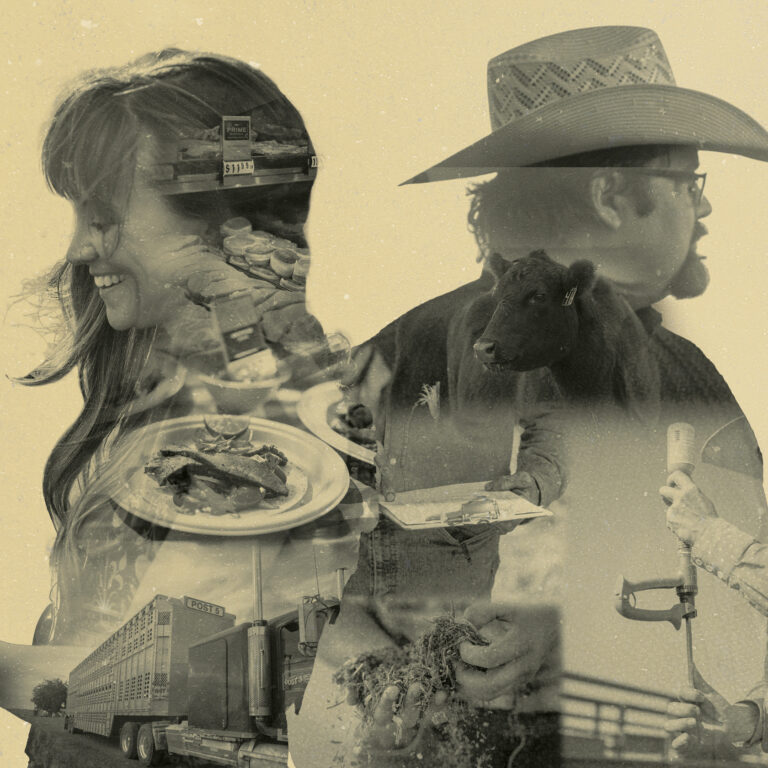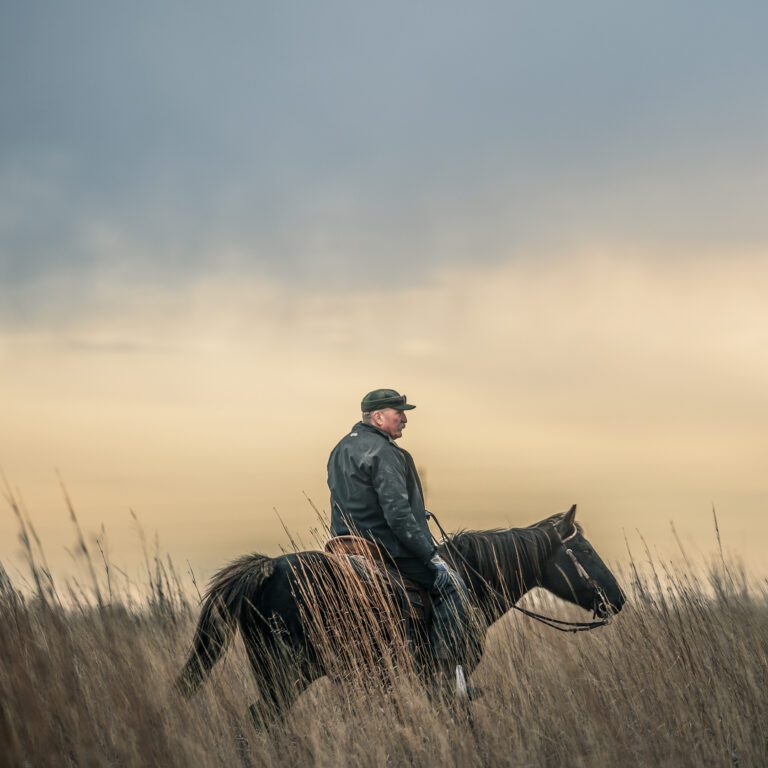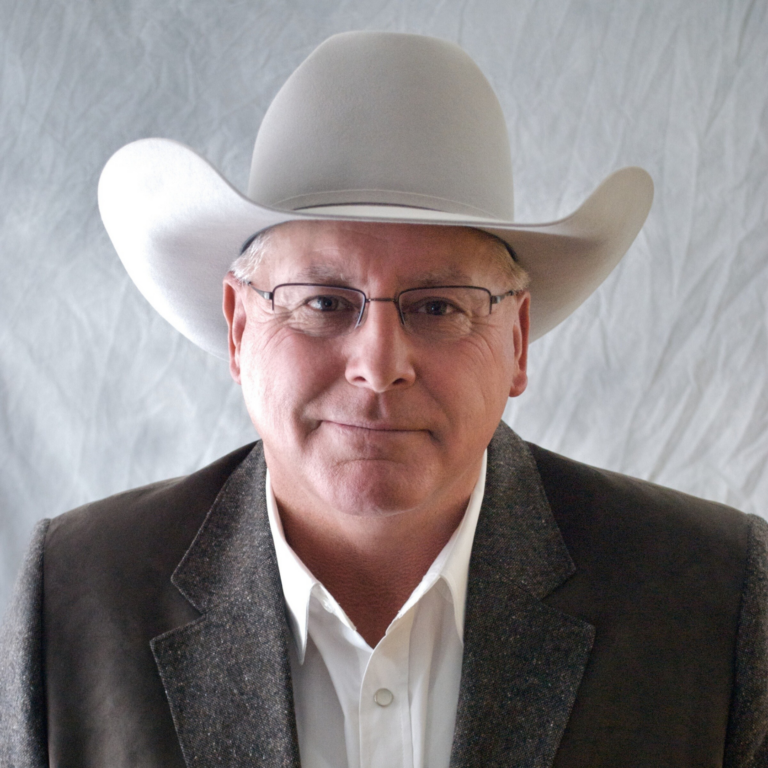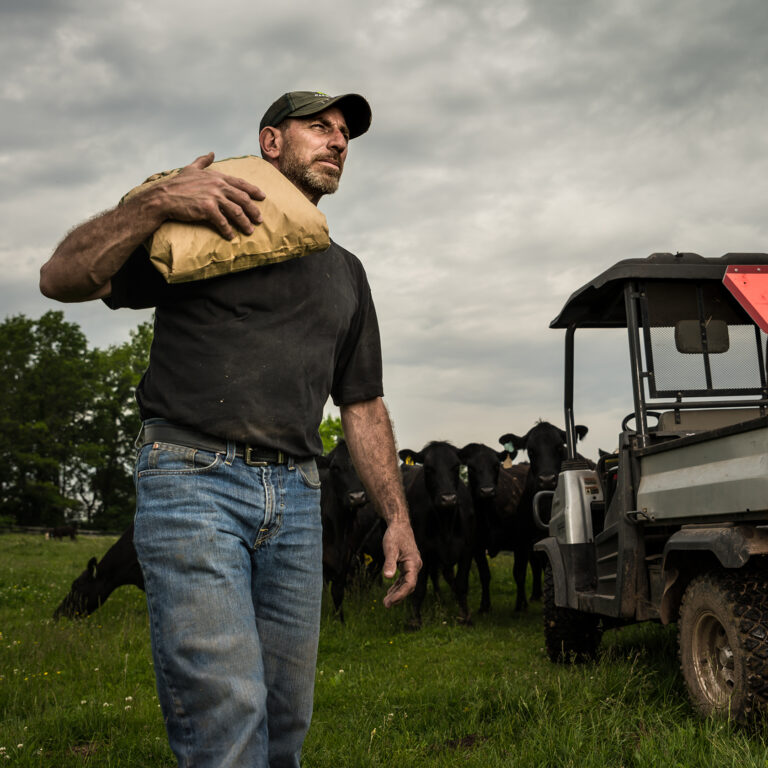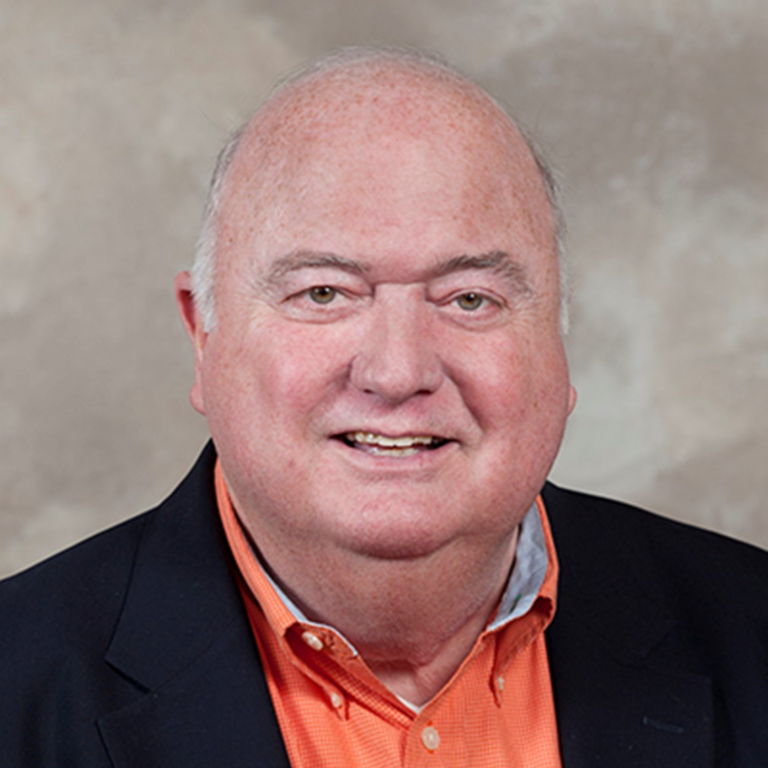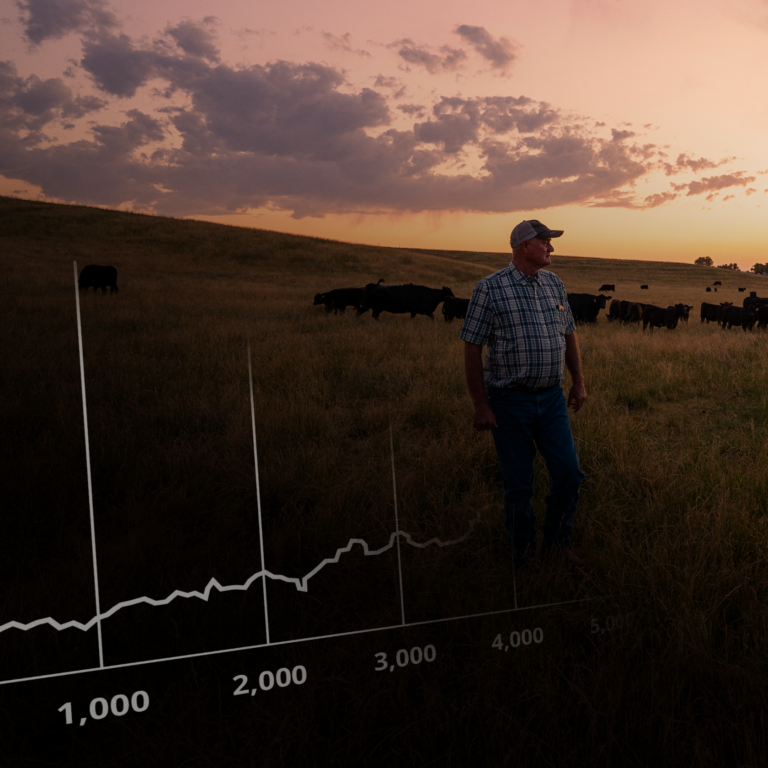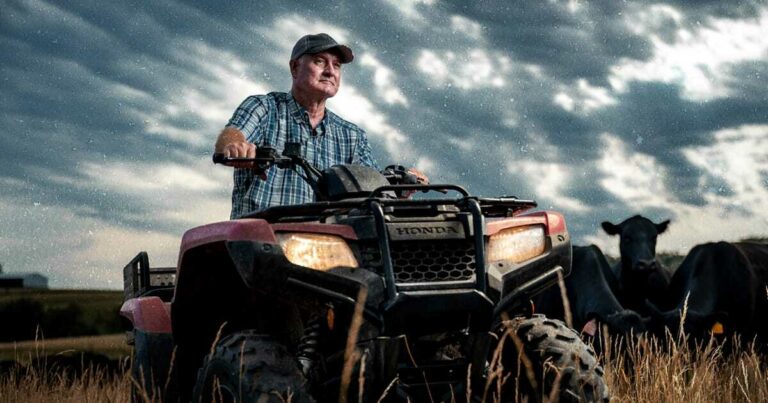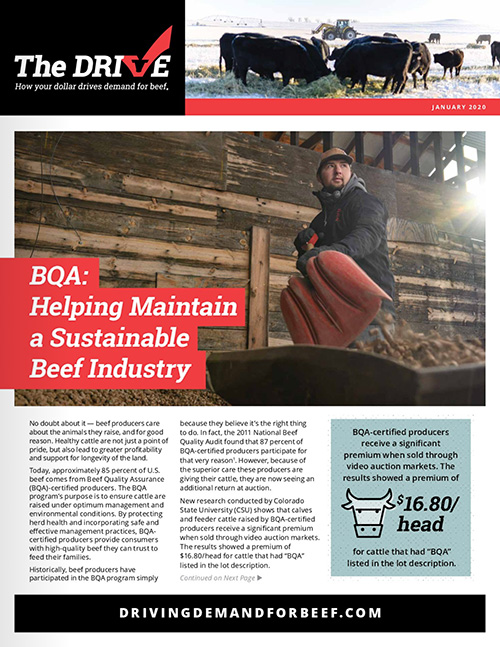Quick and Easy Truths About the Beef Checkoff
Ten Facts Every Beef Producer Should Know About the Beef Checkoff
1. Who Oversees the Beef Checkoff Program?
The Cattlemen’s Beef Board (CBB) facilitates the Beef Checkoff program. There are currently 101 CBB members who are appointed by the Secretary of Agriculture and represent nearly every state across the country. These dedicated cattlemen, cattlewomen and importers take time away from their own cattle operations to voluntarily serve on the board and make informed decisions on behalf of the Beef Checkoff and the producers who fund it. There are no packer representatives on the CBB.
2. Does the CBB Take A Stance on Governmental or Regulatory Policy Issues?
No. According to the Beef Promotion and Research Act and the Beef Promotion and Research Order, the Checkoff is a national, producer-funded program, and as such, its funds cannot be used to influence or lobby for government policy or action. There are Beef Checkoff contractors that have legislative branches or policy-focused areas within their overall organizations. However, Checkoff dollars cannot and are not shared with that sector of those organizations. By law, Checkoff dollars are only utilized for promotion, research and education, which is strictly enforced by the CBB.
3. Does the CBB Have Annual Audited Financials? Can I See Them?
Yes. Every fall, an independent, outside auditing firm thoroughly reviews all CBB and Beef Checkoff financials. The contract for this firm is renewed each year and voted on by producers on the Budget and Audit Committee. The CBB’s audited financials are public and can be found here.
4. Why Are Importers Involved in the Beef Checkoff?
By law, beef importers also pay into the Beef Checkoff – approximately $7 million annually. Therefore, the Secretary of Agriculture appoints a proportionate number of importers to the Cattlemen’s Beef Board. Of the 101 members serving on the CBB, importers make up seven percent.
5. Can I See How Beef Checkoff Dollars Are Spent on Programs?
Yes. Everything from CBB’s annual audited financials, contractors’ yearly funds or authorization requests and Checkoff program updates are available on DrivingDemandForBeef. com. CBB meetings are also open to every producer who pays into the Beef Checkoff. While some meetings involve the entire 101-member board, other meetings consist of smaller committees and groups, and every beef producer is welcome to participate in the proceedings.
6. Can the Beef Checkoff Do Anything for Low Cattle Prices?
The Beef Checkoff implements beef promotion, advertising, research, foreign marketing and education to drive demand for beef because demand is the foundation of a healthy beef industry. However, the Beef Checkoff cannot control or affect short-term prices or ensure individual operation profitability. It cannot single handedly turn around a down market. Instead, the Checkoff promotes beef on national and international levels and finds new market opportunities to grow demand for beef. Through consumer advertising, marketing partnerships, public relations, education, research and new product development, the Checkoff is designed to stimulate others to sell more beef and encourage consumers to buy more beef.
7. How Does the Beef Checkoff Track How Contractors Spend Money?
Once a qualified Beef Checkoff contractor’s program is approved, they must first pay for all the work with their own money. Only then can they request reimbursement from the CBB, which carefully reviews invoices and receipts to ensure all items and activities have been pre-approved and meet requirements for reimbursement.
8. Does the CBB Staff Control Where and How Checkoff Money is Allocated?
The 20-member CBB staff has no say in where or how Beef Checkoff funds are allocated. All funding decisions are made by the 20-member producer and importer-led Beef Promotion Operating Committee. The CBB staff serves a purely administrative role throughout the entire funding process. From the point at which the Authorization Requests are received to the actual allocation of money, the CBB staff of 10 operates to support all contractors and CBB members.
9. What is the Beef Checkoff’s Return on Investment?
According to the National Beef Checkoff Return on Investment study, for every $1.00 invested from 2014 to 2018, $11.91 was returned back to the industry. Additionally, had there not been any domestic Cattlemen’s Beef Board demand-enhancing activities over that five-year period, total domestic beef demand would have been 14.3% lower than actual demand.1
10. Are Small Beef Producers Involved in the Beef Checkoff?
When it comes to service on the CBB, operation size doesn’t matter one bit. The Board’s 101 all-volunteer membership comes from around the country – from the smallest, family-run farms to the largest feedlots, and regardless of size, each member only gets one vote. Since members can only serve two back-to-back, three-year terms, new members are selected annually. Any producer, big or small, is eligible for a seat at the table.
The Beef Checkoff program was established as part of the 1985 Farm Bill. The checkoff assesses $1 per head on the sale of live domestic and imported cattle, in addition to a comparable assessment on imported beef and beef products. States may retain up to 50 cents on the dollar and forward the other 50 cents per head to the Cattlemen’s Beef Promotion and Research Board, which administers the national checkoff program, subject to USDA approval.



